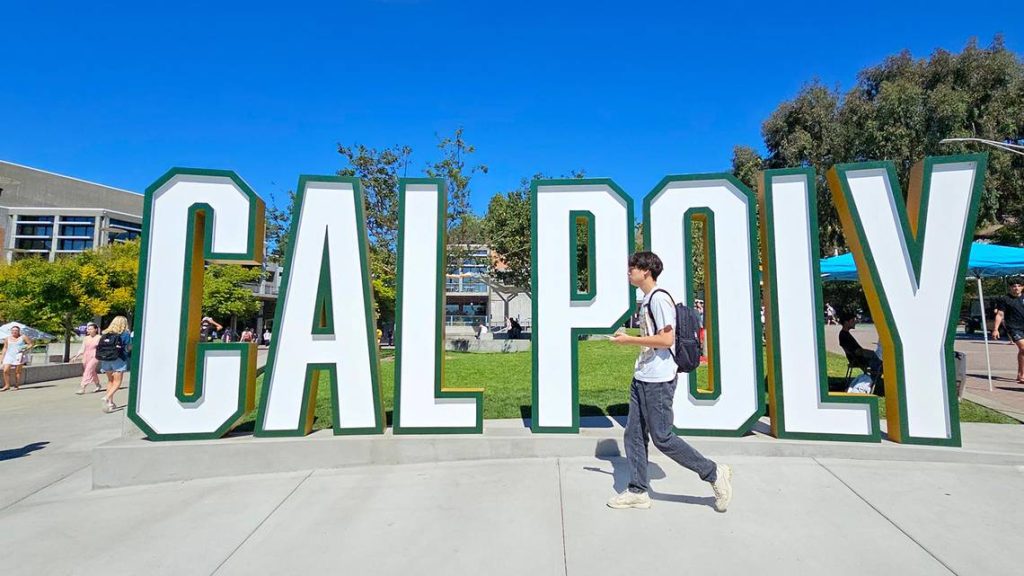Cal Poly Rejects 32,000 Students with 4.0 GPAs or Higher

Cal Poly’s admissions process has become increasingly competitive, with over 32,000 applicants holding a 4.0 GPA or higher being rejected this year. According to a report from Cal Poly’s Strategic Enrollment Management, the university received a record-breaking 81,899 applications, and more than half of those applicants had GPAs of 4.0 or higher.
Of the 49,258 applicants with a 4.0 GPA or better, only 16,795 were accepted, leaving 32,463 applicants without a spot. This means about two-thirds of the high-achieving applicants were turned away.
The report also revealed that the average GPA for accepted students was 4.06 this admissions cycle. However, the average GPA for students who confirmed their attendance at Cal Poly was slightly lower at 3.93.
Cal Poly’s admissions were especially tough in some majors, with certain programs admitting fewer than 3% of applicants. Meanwhile, others were less competitive but still had acceptance rates under 30%.
For confirmed freshmen, the College of Engineering had the highest GPA range, with confirmed students ranging from 4.04 to 4.25. The College of Science and Mathematics also reached 4.25 at the top end, while the lower end sat at a 3.96. The lowest GPA range for confirmed freshmen was found in the College of Agriculture, Food, and Environmental Sciences, ranging from 3.77 to 4.18.
For confirmed transfer students, the College of Business had the highest GPA range of 3.33 to 3.89, while the College of Agriculture, Food, and Environmental Sciences had the lowest range, from 3.14 to 3.71.
In comparison, the GPA ranges for accepted students were generally higher. Accepted freshmen in the College of Engineering had a GPA range of 4.14 to 4.25, while accepted transfer students in the College of Engineering had a range of 3.45 to 3.93.
Overall, the admissions cycle at Cal Poly reflects the growing competition for spots at one of the most prestigious universities in the country.

